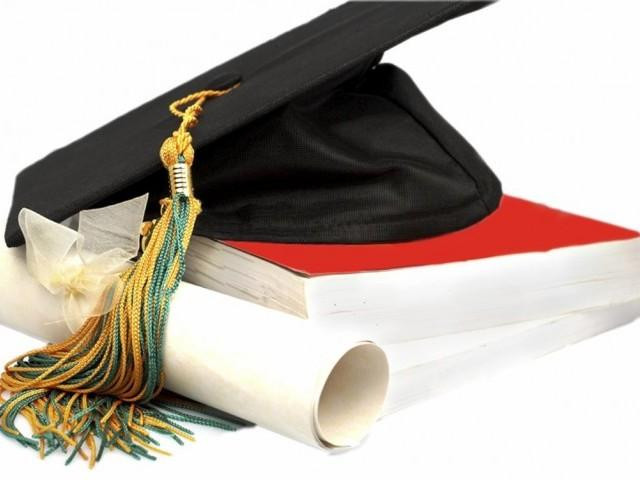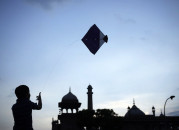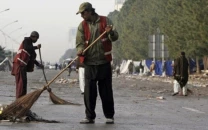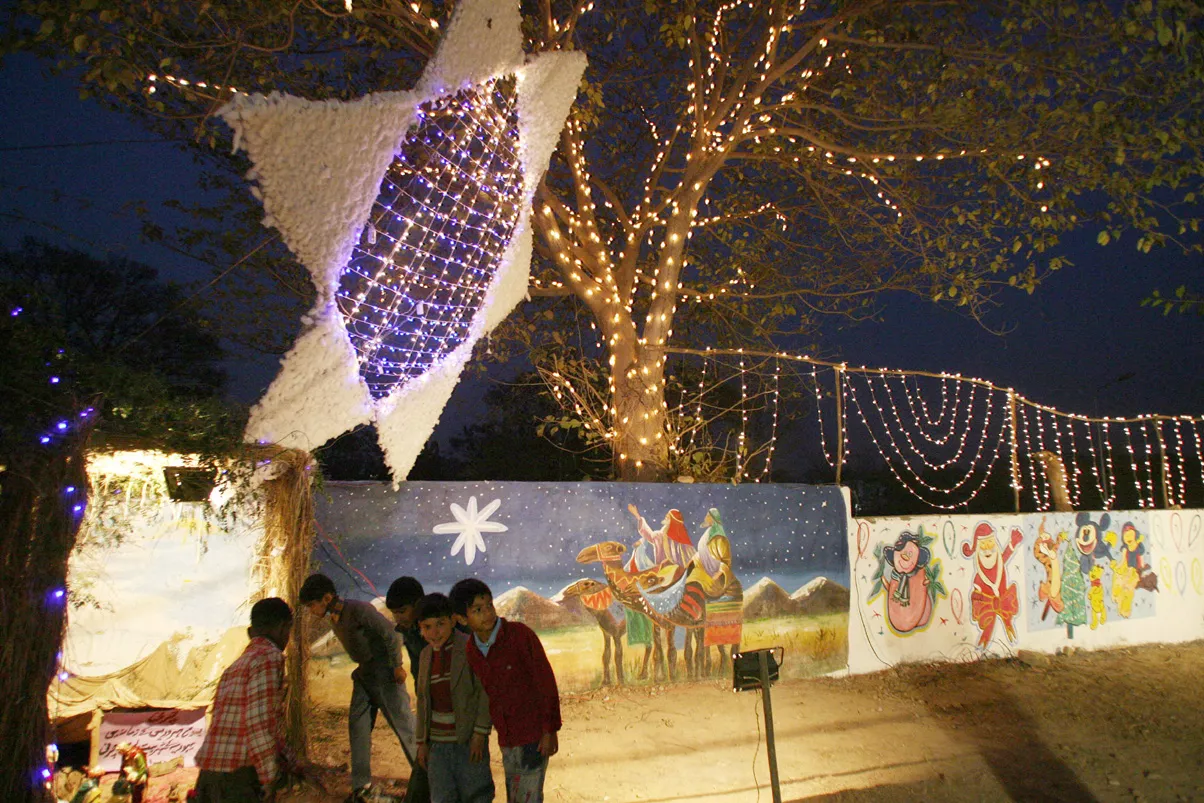Status of education: Learning levels dropped by 5 per cent in 2014
Students in the Punjab performed better than in any other province: ASER 2014 .

In terms of learning levels, students in private schools scored better than those in public schools. STOCK IMAGE
In terms of learning levels, students in private schools scored better than those in public schools. Also, more students were enrolled in private schools during 2014 than in 2013 and boys scored better than girls.
The ASER 2014 was launched on Tuesday. The survey for it was conducted by the Idara-i-Taleem-o-Aagahi (ITA) in collaboration with several civil society organisations. The survey is based on information gathered from 54,365 children in the 3 to 16 years age bracket.
The survey was conducted in 35 rural districts and seven urban areas. Volunteers tested 39,107 students in the 5 to 16 years age bracket on English, Urdu, and Arithmetic competencies. Among the schools surveyed, 988 were public and 666 were private schools.
The report collected data on 13 indicators including early childhood education, quality of learning, multi-grade teaching, teacher qualification, facilities in schools, school funds and grants among other indicators.
Enrollment
In the 3-to-5 years age bracket, the percentage of out-of-school children (OOSC) fell by 2 per cent in 2014 compared to 2013. The OOSC percentage in 2014 was 45 per cent whereas it was 47 per cent in 2013. The report says 49 per cent of OOSC were girls and 51 per cent were boys.
For the same age bracket, the percentage of children enrolled in schools was 55 per cent – 62 per cent of which were enrolled in private schools and 21 per cent in public schools. There was one per cent increase in the enrolment of children in the 6 to 16 years age bracket in 2014. Of the 85 per cent children enrolled in 2014, 62 per cent went to public schools and 38 per cent to private schools. The report reports 15 per cent OOSC in the 6 to 16 years age bracket, out of which 53 per cent were girls and 47 per cent were boys.
ASER Punjab 2014 states that the number of children enrolled in private schools compared to public schools in 2014 had slightly increased. In 2014, 37 per cent children in the 6-16 years age bracket were enrolled in private schools compared to 36 per cent last year.
Learning levels
The report says that the learning levels of children in the province are very poor.
In their English tests, 43 per cent of students of grade 5 could not read a sentence set at grade 2 level; the figure stood at 38 per cent in 2013.
In Urdu, the same indicator rose by 3 per cent as 37 per cent of students of grade 5 were unable to read Urdu stories set in grade 2.
This figure was 34 per cent in 2013. In mathematics, 49 per cent of grade 5 students were unable to do two-digit divisions, compared to 44 per cent students in 2013.
In terms of learning levels, children enrolled in private schools showed better performance than those in public schools.
In private schools, 68 per cent of grade 5 children were able to read stories in Urdu. The figure stood at 60 per cent in public schools.
In English, 63 per cent of grade 5 school children in private schools could read complete sentences – only 54 per cent of children in public schools could do that.
Around 55 per cent of grade 5 children in private schools were able to perform basic arithmetic division, in government schools, the figure was 48 per cent.
The survey indicates that boys outperformed girls in literacy and numeracy skills. As many as 55 per cent of the boys tested could read sentences in Urdu compared to 52 per cent girls. The report says 59 per cent of boys and 56 per cent girls in grade 5 could read words in English.
In arithmetic, 54 per cent of boys in grade 5 boys could do grade 2 level subtractions, compared to only 50 per cent girls in the same grade.
Attendance and facilities
In public schools, 10 per cent of the students were absent on the day of the survey, 11 per cent students in private schools were absent. Teacher absenteeism was 7 per cent at both private and government schools on the day of the survey.
In terms of facilities, public high schools were better equipped in terms of computer labs and libraries than private high schools.
In the public primary schools surveyed, 62 per cent received grants, 88 per cent had potable water; 86 per cent had boundary walls and 92 per cent had decent toilets.
The report points that on all indicators students in the Punjab fared better than those of Sindh, Khyber Pakhtunkhwa or Balochistan.
ITA Programmes Director Baela Raza Jamil said the ASER team hoped to introduce the question of disability in households in terms of acquiring education at a larger scale next year.
Published in The Express Tribune, January 28th, 2015.



















COMMENTS
Comments are moderated and generally will be posted if they are on-topic and not abusive.
For more information, please see our Comments FAQ